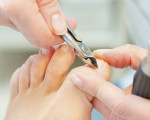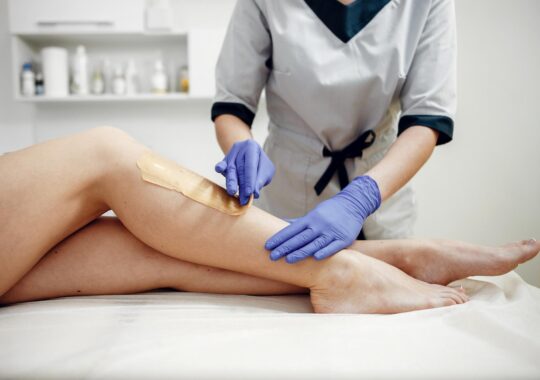The pain of bunions can only really be understood by those either suffering with them or with a past history. Yes, they look unsightly and yes, anyone can probably appreciate they’re less than pleasant, but what never hits home until a bunion first sets in is the way in which they have the potential to hurt on a pretty constant basis.
Some assume the pain of bunions is all to do with the way they rub on the inside of footwear – this isn’t the case at all. The condition itself manifests as a deformity of the soft tissue and the bone within the side of the foot, which can lead to almost permanent inflammation and swelling – both of which can be hugely painful.
Of course, as a genuinely debilitating medical condition it is crucial to seek advice from a doctor – the vast majority of bunions these days can be treated or even removed. However, whether it’s a case of temporary pain management in the run-up to an operation or perhaps living with the discomfort long-term due to surgery not being an option, there are various ways and means by which the pain of bunions can be eased quite effectively.
Cold Foot Soak
One of the gentlest and most convenient ways of soothing sore feet is to try giving them a soak. However, contrary to the common way of doing this it’s actually quite crucial to make sure that the water is either lukewarm or cool – NOT hot. You can do this with any basin or tub large enough, in which you should put enough water to cover your feet to the ankles and add a dose of bath salts. Soak the feet for up to 15 minutes or so and then dry thoroughly. Not only will this help reduce the pain of the inflammation, but it can also work wonders for the often dry, cracked and sore skin around the area of the bunion itself.
Toe Stretches
This will in many cases be the most important tip advised by a podiatrist for the general day-to-day care and pain relief of bunions. Simple stretches can be brilliantly effective with all joints across the body and can go a long way to relieve some of the pain of sore toe joints. It’s a simple exercise that involves grabbing the toe (or using a strap) from a seated position and pulling it back very gently for around 30 seconds or so. The same stretch can also be performed in a horizontal direction, pulling the toe away from the one next to it. Repeat a few times each day and whenever pain strikes. If however the stretching feels in any way painful in its own right, do not continue – seek professional advice.
Try OTC Remedies
These days, there are so many over-the-counter creams and ointments you can pick up for sore joints and in many cases for bunions specifically. Some are designed to soothe the skin around the area, others to deliver a cooling effect to relieve pain and then there are those designed to directly kill pain and reduce inflammation. In many cases these preparations are not only hugely effective, but also suitable to be used on a regular basis – just ask a pharmacist which ones to choose.
Toe Spacers and Splints
There are also thousands of different foot care products that can be picked up for next to nothing these days and will make a big difference for bunion sufferers. Some of the best examples include splints and spacers, which are designed to relieve some of the physical pressure being placed on the joint itself and therefore reduce pain naturally.
Better Shoes
Last but not least, there’s really nothing in the world that can make a case of bunions worse than they already are than an inappropriate choice of shoes. There’s no denying that the orthopaedic shoes of years gone by were anything but desirable and don’t exactly scream good taste – luckily things have changed in a big way over the years. Today, it’s perfectly possible to pick up shoes created specifically for bunions that are absolutely identical to any other fashionable shoes on the market and don’t give anything away about their hidden health benefits.
Of course, it’s never pleasant to be forced to give up wearing your favourite footwear having developed bunions over the course of time. However, the better the bunions are looked after and the faster they’re addressed, the quicker those affected will be able to go back to their old ways of doing things without having to worry about daily pain and discomfort.





